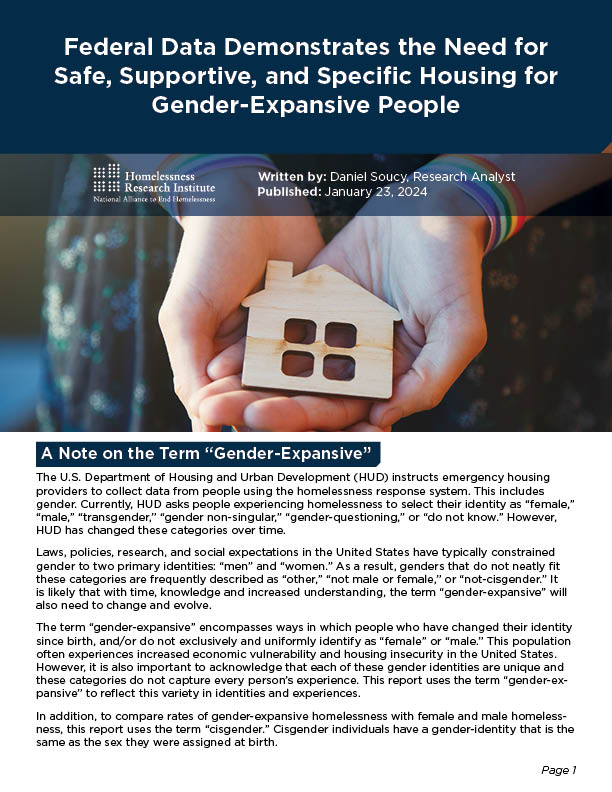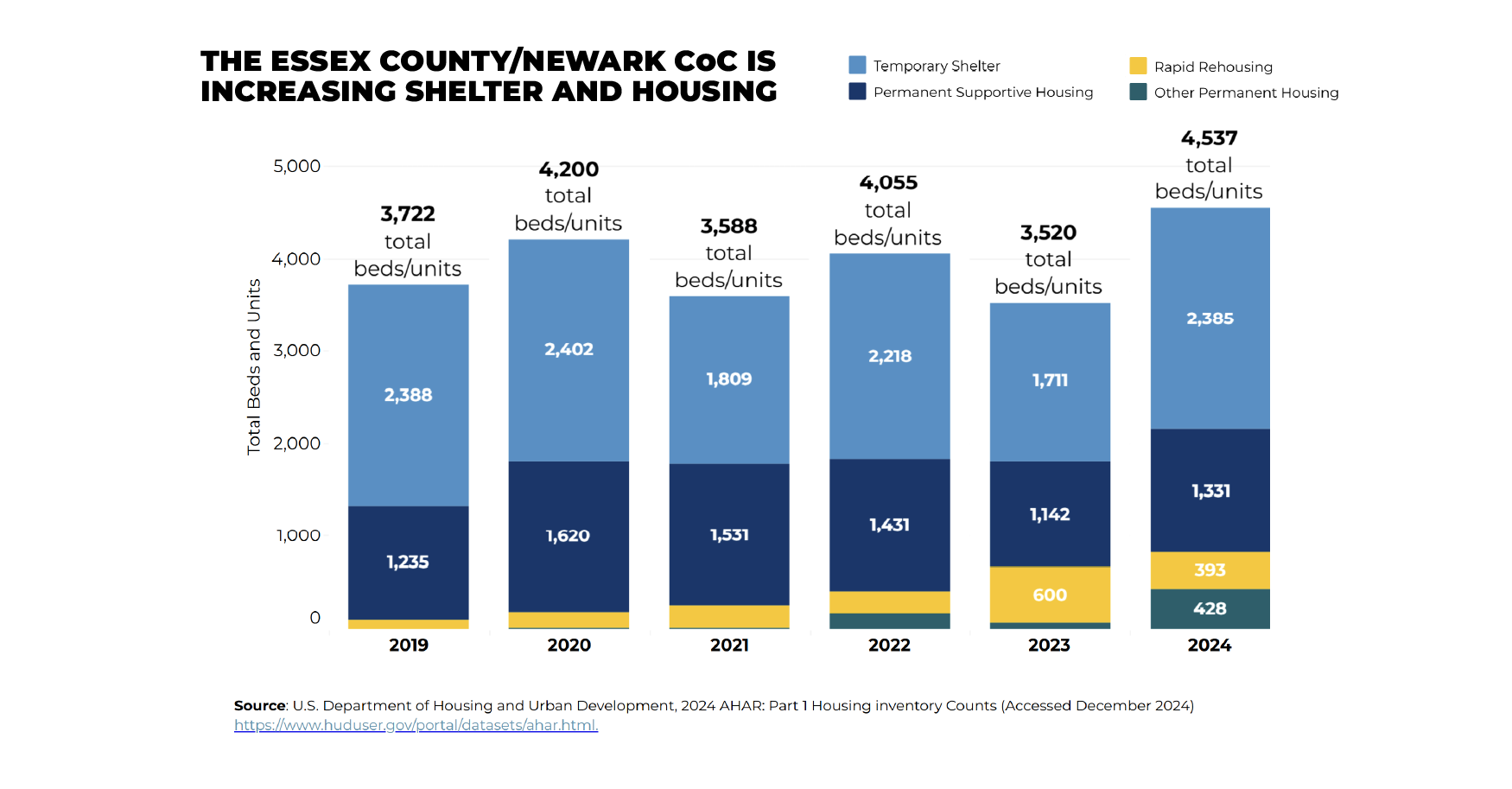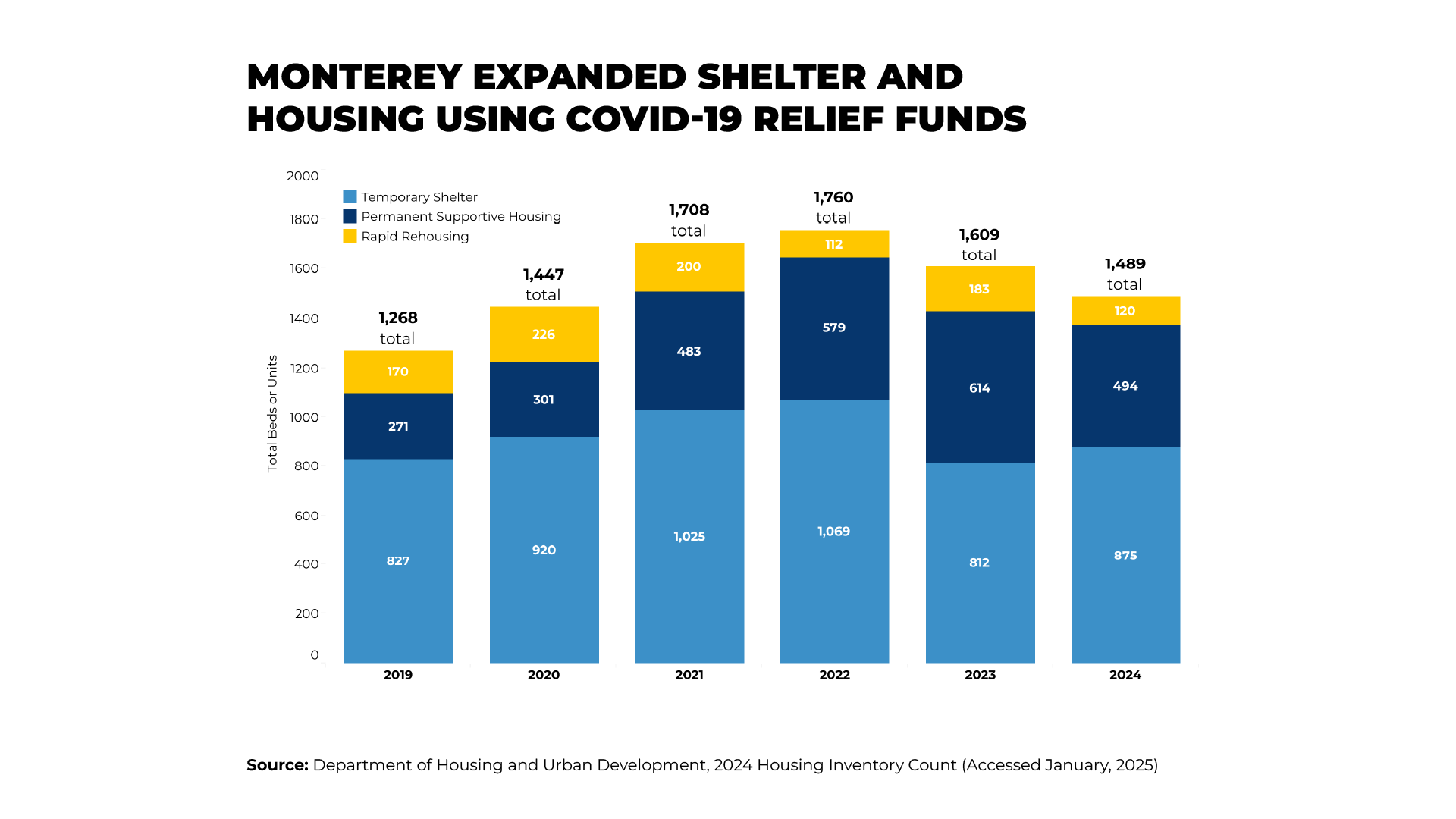Housing Affordability and Homelessness
As understanding of gender identity evolves, provision of shelter and housing for gender-expansive individuals must also adapt and change. Data shows that this population disproportionately experiences homelessness: gender-expansive people face unique barriers when seeking housing, or accessing emergency shelter and services without discrimination or fear. These factors can lead to increased housing insecurity.
This report analyzes these barriers and outcomes through examination of current data, assessment of federal policies, and recommendations for specific practices to improve service delivery to gender-expansive people experiencing homelessness.
This report uses data from the Annual Homelessness Assessment Report (AHAR) to Congress: Part 1 (which contains data up to 2023 Point-in-Time Count) and Part 2 (which contains data up to 2021, using Point-in-Time Count and Homeless Management Information System data). By ensuring that the homelessness response system cares for and respects all identities, it can better respond to the affordable housing crisis facing communities across the country.
The term “gender-expansive” is used throughout this report to describe people whose gender identities have changed since birth, and/or whose identities do not neatly fit into categories of male or female.
Stay Updated: Solutions, Stories, and Ways to Make an Impact
Sign up to receive updates on the Alliance’s work, including the latest research, advocacy efforts, and real stories of progress — plus ways you can help drive lasting change.














